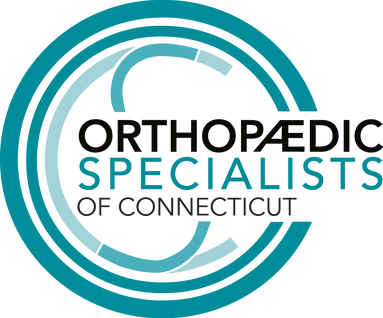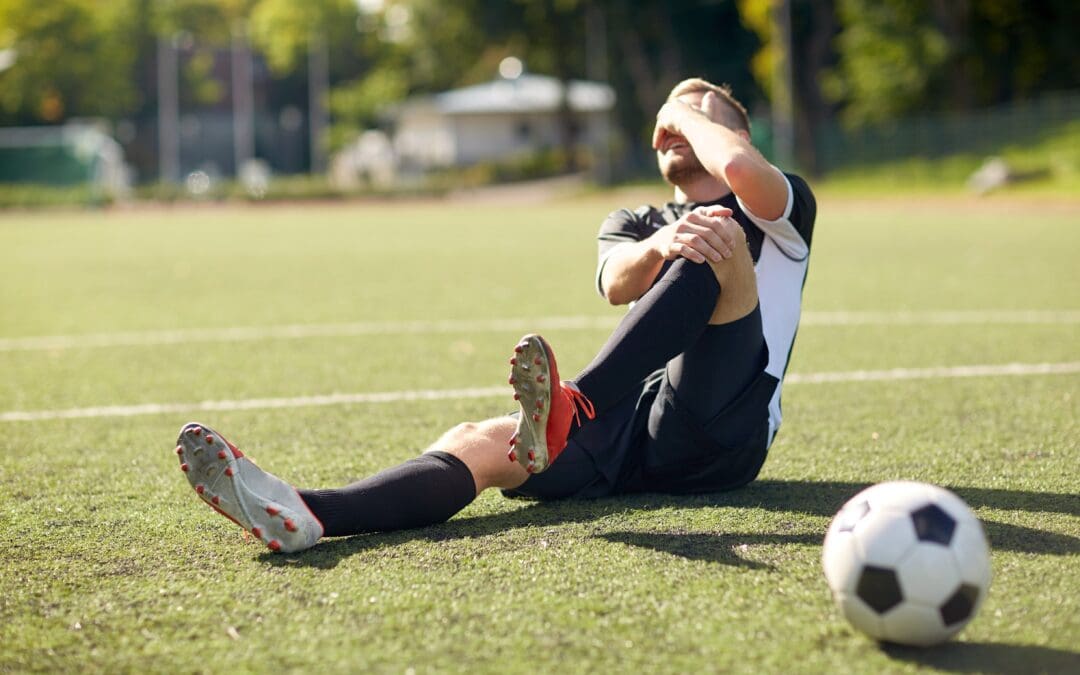A Guide to ACL Injuries and Tears
ACL injuries are some of the most common knee injuries and sports injuries that we see at Orthopaedic Specialists of Connecticut. Tearing your ACL can be incredibly painful, and it is important to understand what is happening, how you should treat this injury immediately, and then visit an orthopedic specialist as soon as possible so that you can recover and begin your treatment and rehabilitation plan.
Now that football season has begun, the medical community across the country can expect to see an influx of ACL injuries, including tears. Other sports such as basketball, skiing, and soccer also see high numbers of ACL injuries. The ACL, or Anterior Cruciate Ligament, is located in the center of the knee. ACL injuries, typically sprains or tears, are caused by sudden changes in movement, which could include quick changes in direction, stops, jumping, landing, a direct blow, or kicking.
When an ACL injury occurs, many patients report hearing a loud “popping” sound and feeling a jolt of pain around the center of the knee. The ligament swells and weight-bearing could become impossible. Most patients also report feeling “unstable” or “shaky” following the sprain or tear. After a short period of time, range of motion is limited and, often, pain and swelling begin to increase.
Because the knee is a complex network of bones, ligaments, muscles, and tendons, it’s critical to rule out other injuries. While a torn ACL may prove to be a difficult injury, other injuries to surrounding muscles, tendons, and ligaments could complicate healing and increase recovery time.
If you suspect that you’ve suffered a sprained or torn ACL, it is important to be cautious, rest, and get to an orthopedic specialist as quickly as possible. From this point, there are a variety of ways to treat an ACL sprain or tear, depending on the severity of the injury. Treatment could include rest and varying levels of rehabilitation to regain strength and stability over time. You may require surgery to repair or replace a torn ACL, which would be followed by a period of more intensive rehabilitation.
Avoiding the risk of an ACL injury is not always feasible, especially if you play sports and enjoy athletic activities. An ACL injury could strike at any moment, anytime you are engaged in movement. While there is certainly a correlation between ACL injuries and certain sports, patients can reduce their risk by taking some simple precautions.
- Wear well-fitting athletic shoes that are appropriate for your level of activity and are comfortable.
- Do not use old or poorly-maintained sports equipment (for example, ski bindings that are not properly adjusted).
- Whenever possible, try to practice or play on real grass or hard surfaces, as artificial turf can be unstable and slippery.
- Be sure that you stretch before and after you practice or play, and engage in proper conditioning for your sport to build muscle and increase flexibility.
If you believe that you’ve suffered a sports injury, football injury, or possibly a torn ACL, the Orthopaedic Specialists of Connecticut team serves all of Brookfield and the surrounding areas. We offer comprehensive care and treatment solutions that help you regain strength, recover, and feel better moving forward. Call us today and schedule an appointment: 203-775-6205, or visit our website for more information about our practice: www.ctorthopaedic.com.


